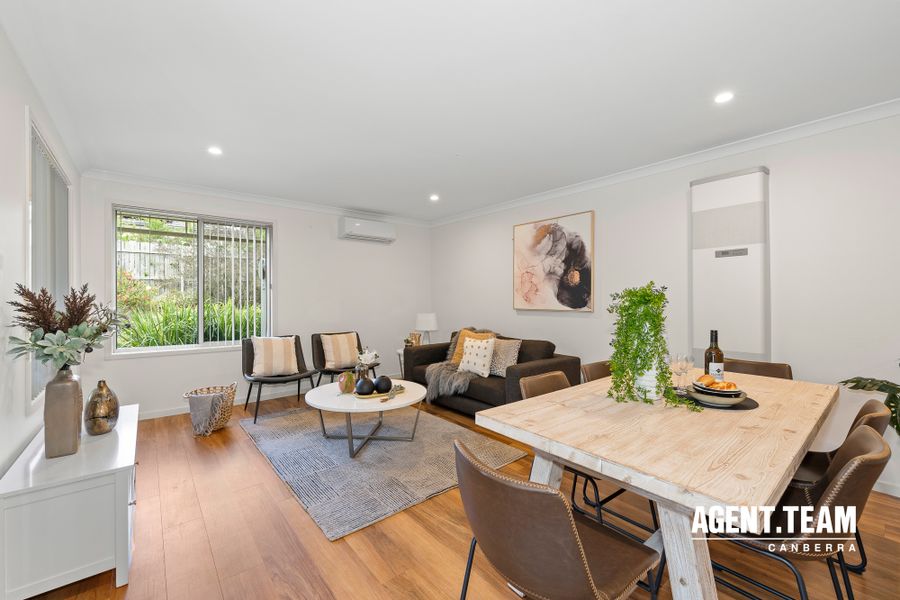
When purchasing property in Australia, it’s essential to understand the different types of land titles available. Each title has its own regulations and implications for ownership, so knowing the differences can help you make an informed decision. Here’s a breakdown of the most common land titles you may come across.
Strata Title
A strata title is typically used for units or homes within complexes. With a strata title, you essentially own the space (or strata) within your four walls, but not the exterior or common areas. In some cases, you may also own a small garden or courtyard area. This type of title is common in units and townhouses where multiple dwellings are part of a shared complex.
While you own part of the property, the management group overseeing the complex is responsible for maintaining common areas such as gardens, pools, or driveways. This is why strata properties come with higher fees, which go towards maintaining these shared spaces.
For more details, check out our article on strata titles and regulations.
Torrens Title
The Torrens title is the most common form of land ownership in Australia. It applies to freehold properties, where you own both the land and the structure on it. Unlike strata titles, you have full control over the property, allowing you to renovate, extend, or rebuild (with council approval).
This title provides greater freedom and is typical for standalone homes.
Stratum Title
Similar to a strata title, a stratum title involves owning a sub-divided portion of land. However, with a stratum title, you also hold a stake in a company that manages the property, giving you some decision-making power. It’s comparable to being a shareholder, where you own a part of the company’s land but don’t have direct ownership of the entire property.
Government Leasehold
With a government leasehold, the land is owned by the government, and you can lease or purchase the right to hold the land for a specified period. This type of title is often found in church properties or government housing. While you have the right to build and make changes (with permission), the land ultimately reverts to the government at the end of the lease.
This can present challenges if the lease ends, as the government has full control over the land once the lease expires.
Company Title
A company title is most commonly found in older apartment buildings, particularly those built before 1970. Instead of owning an individual title, you hold shares in the company that owns the building. While this type of title is usually more affordable, it can come with restrictions, as the company manages the property and dictates what changes can be made.
Conclusion
Understanding the various types of land titles is crucial when making a property purchase in Australia. Whether you’re considering a strata title, a Torrens title, or another type of land ownership, knowing the implications of each can help you make the right decision for your situation.
-
about 1 month agoSmart Saving: How to Own Your Home by Your Late 20s
-
about 1 month agoTips to Help You Secure the Best Price When Selling Your Property
-
about 1 month agoOutline of the 8 Key Additional Expenses When Buying a Property












